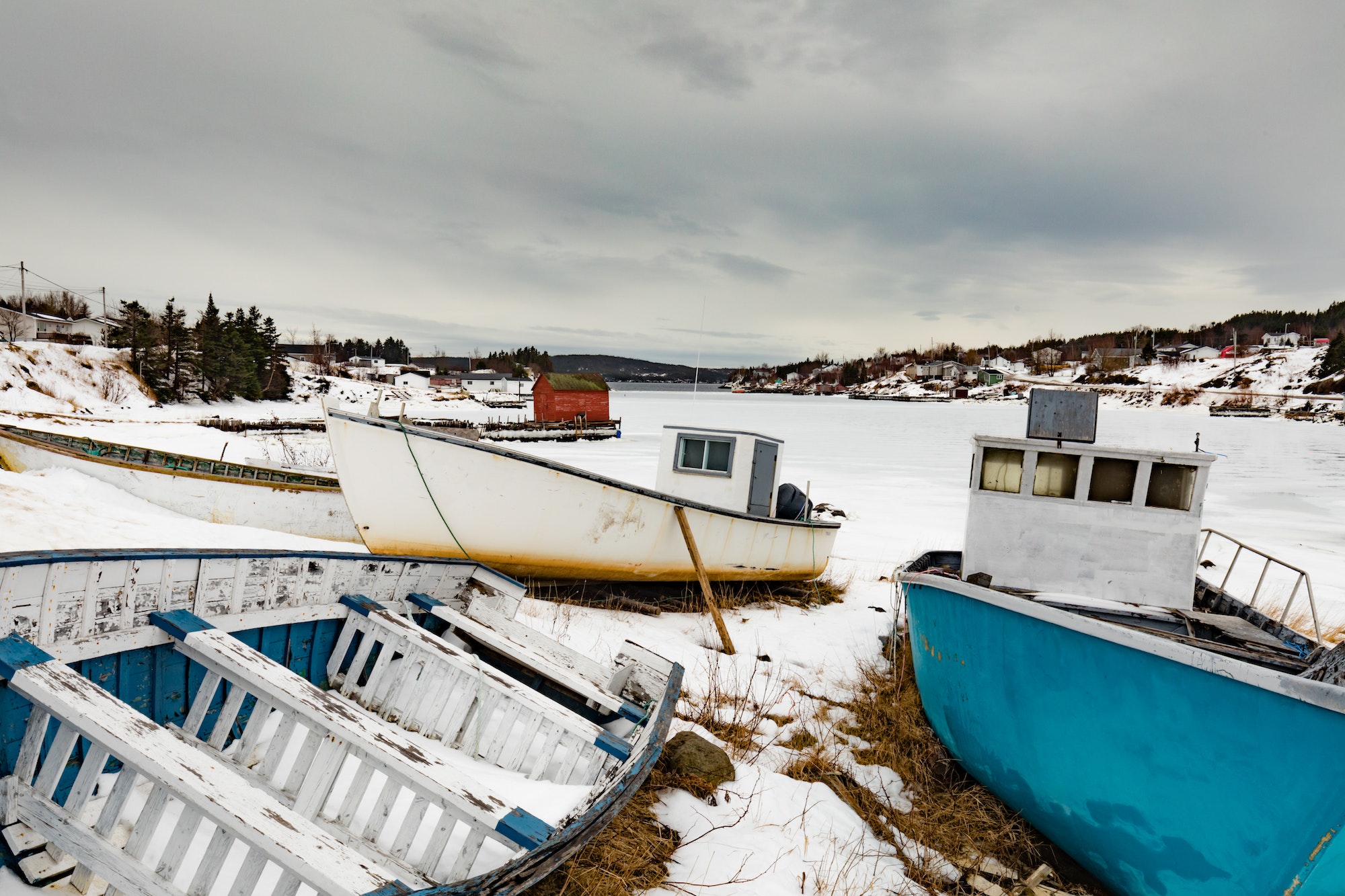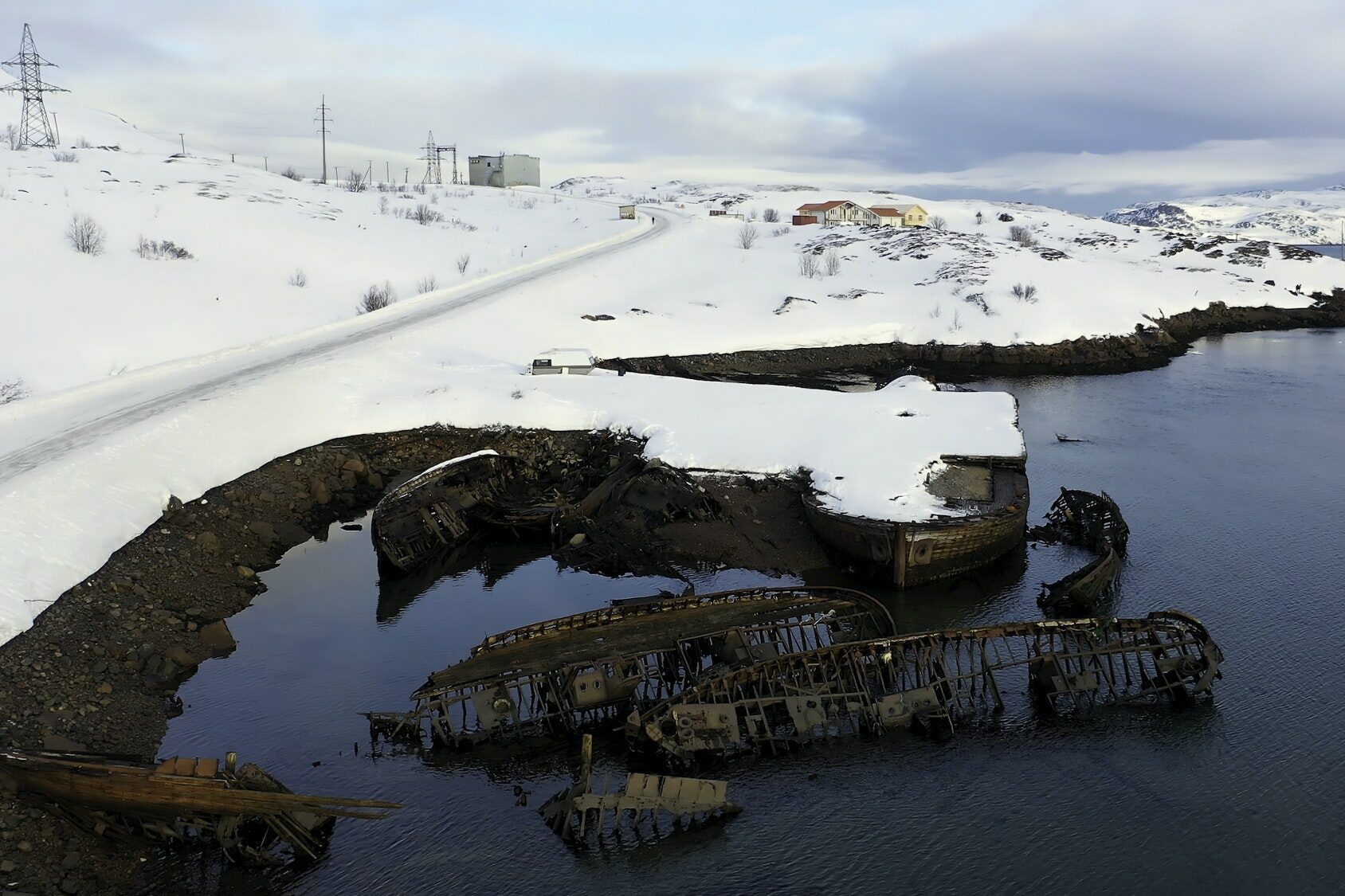It’s that time of year again. The snow is falling, the temperatures are dropping, and you’re sitting here wondering if it’s possible to go boating in the winter.
The answer is yes! While it may not be the ideal conditions for boating, with a little preparation and some common sense, you can definitely enjoy a day out on the lake.
Is it safe to go boating on a frozen lake?
Boating on a frozen lake can be a dangerous proposition. Sure, it may look inviting and peaceful, but the lake’s surface may not be as solid as it appears. In addition to the risk of falling through the ice, other safety concerns come with winter boating.
First, you should never go boating after the lake has frozen solid. The lake is often covered with slushy ice and snow, which can be slippery and dangerous for boaters. Also, the ice can be challenging to break, making it difficult to get back to shore in the event of an emergency.
Second, the cold water of a frozen lake can rob your body of heat 25 times faster than cold air, which can lead to hypothermia in a very short amount of time. Therefore, it is important to wear proper clothing and gear when winter boating.
In short, while winter boating can be a fun and unique experience, it is important to take the necessary safety precautions to ensure a safe and enjoyable outing.

Tips for a safe and enjoyable boat ride on frozen lakes
Winter boating on a frozen lake can be a safe and enjoyable experience if you take the right precautions. Here are some tips and tricks to help make sure your winter boating is both safe and enjoyable:
Dress Warmly: Make sure you dress appropriately for the cold weather. Wear layers of clothing that will keep you warm and dry, and don’t forget to wear a life jacket at all times.
Check Ice Conditions: Before heading out, check the lake’s ice conditions. If it’s too thin, stay on land.
Use a Snowmobile: If the lake has a layer of solid ice, it’s not safe to boat. Instead, consider using a snowmobile to get around.
Be Prepared: Ensure you have the necessary supplies and safety equipment before heading out. This includes flares, a cell phone with a good signal, and an air horn.
Use Caution: Always be aware of your surroundings when boating on a frozen lake. Keep a lookout for ice chunks and other obstacles, and always adhere to the speed limit.
Stay Alert: Be aware of changes in the weather, and be prepared to turn back if conditions become too hazardous.
Winter boating on a frozen lake can be a great experience if you take the right precautions. Following these tips and tricks, you can stay safe and ensure your winter boating is enjoyable and memorable.

FAQ
Is it possible to go boating on a lake in winter?
Yes, it is possible to go boating on a lake in winter. While it may not be the ideal time for water skiing or tubing activities, there are still plenty of enjoyable activities for winter boating. From sightseeing to fishing, winter can provide a unique opportunity to explore a lake without the crowds. To ensure a safe and enjoyable experience, you will need to consider the lower temperatures and potential for icy conditions. Make sure to dress warmly, and be aware of areas of the lake where the surface has frozen solid. Additionally, adapt your approach to fishing for the species in season in the cooler water. With careful preparation and planning, you can still have a great time on the lake during winter.
What type of boat is best for boating in winter?
When it comes to boating in the winter, different types of boats are better suited than others. For instance, sailboats are preferred as the winds in the winter months tend to be more predictable than in the summer. Additionally, they are more efficient and require less fuel to power them. On the other hand, powerboats can provide a speedier and more exciting experience, but they require more maintenance and fuel to operate.
Ultimately, the type of boat you choose for winter boating depends on your budget, the experience you’re looking for, and the maintenance you’re willing to handle. A sailboat is an excellent choice if you’re looking for an efficient and affordable option. However, if speed and adventure are more important to you, then a powerboat may be the better option. Whichever type of boat you choose, just remember to take the necessary safety precautions and abide by all local regulations.
How can I protect myself from the cold while boating in winter?
Many people enjoy boating in winter, but staying warm while on the water can be challenging. Here are some tips to help you stay comfortable and safe while boating in cold weather:
-Wear warm, waterproof clothing. This includes a hat, gloves, and boots.
-Bring extra blankets and towels to keep yourself dry and warm.
-Pack lunch and snacks to keep your energy up.
-Stay hydrated by drinking plenty of water or hot beverages.
-Check the weather forecast before heading out, and be prepared for changing conditions.
-Know your boat and how it will handle cold weather.
-Be aware of ice buildup on the deck and hull, and take precautions to prevent slipping.
What type of clothing should I wear when boating in winter?
When boating in winter, it is important to dress appropriately. Wear clothes that will keep you warm and dry, such as a waterproof jacket and pants. It is also a good idea to wear layers to adjust to the changing temperature.
What are some popular boating destinations for winter?
While many places become too icy for regular boating, there are still plenty of spots around the world and in the United States where you can take your boat out. The West Coast is a great place to start, with Arizona offering over 22 miles of shoreline and lakes that are far emptier during the winter. Lake Havasu is an excellent spot for water sports and fishing. Other great locations include Florida, which has warm to moderate temperatures year-round, the Pacific Northwest, the Gulf of Mexico, and the Great Lakes. Further afield, destinations such as Mexico, Chile, Croatia, and Thailand all offer plenty of opportunities for winter boating.
What is the best way to launch a boat for winter boating?
First, you’ll need to clear any ice and snow from the boat launch area. This will help ensure that your boat doesn’t get stuck in the snow or ice while launching. Once the launch area is clear, you can back your boat trailer into the water. Be careful not to slip on any ice while doing this.
Next, you’ll need to attach the boat to the trailer. Make sure that all of the straps are secure before attempting to launch the boat. Now, you’re ready to launch your boat! Carefully drive the trailer down the ramp and into the water. Once the boat is in the water, you can detach it from the trailer and enjoy a day out on the lake!
What kind of trailer should I use for winter boating?
When it comes to winter boating, selecting the right trailer is essential to keep your vessel safe and secure. Check the trailer’s capacity and specifications before purchasing to ensure you get the right trailer for your boat. There are a few key factors to consider when weighing your trailer options. If your boat is large, you’ll need a trailer that can bear the weight of the boat and remain stable when towing. Bigger trailers will also have more ground clearance, reducing the risk of bottoming out. For smaller boats, look for low-profile trailers and wider tires, which will help reduce the risk of tilting and jackknifing. Additionally, if you plan to take your boat out of the water during winter, you should look for an easy trailer to launch and recover.
What type of maintenance should I do on my boat before boating in winter?
Before boating in winter, it is important to do some maintenance on your boat. This includes checking the hull for cracks or leaks and making sure all of the drains are clear. You should also winterize the engine and other systems and check the batteries.

